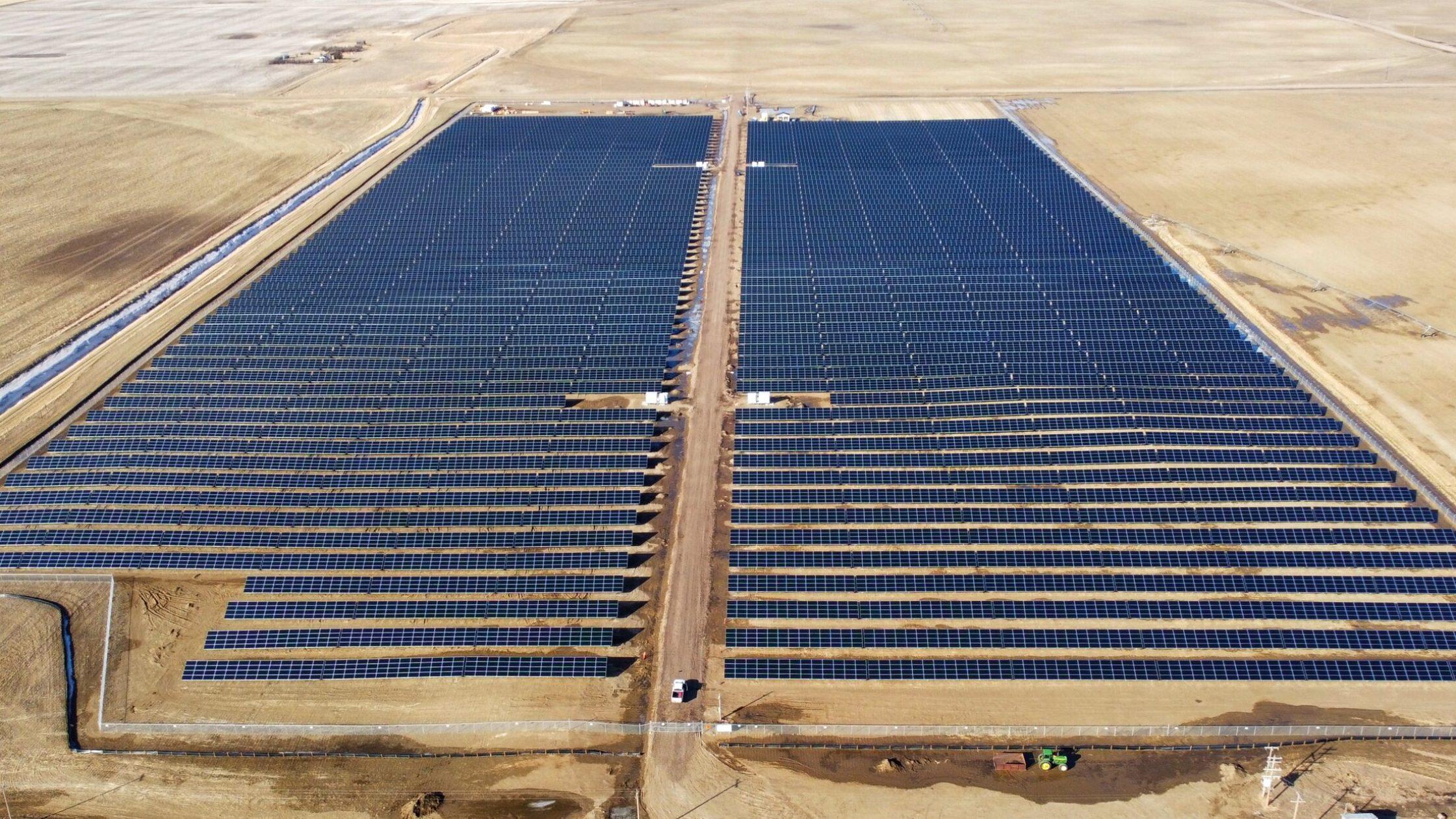Canadian pipeline companies are investing in renewable energy to reduce, and eventually eliminate, emissions from their operations.
“These kinds of projects will be critical to meet global climate goals while keeping energy reliable, affordable and secure,” says Roland Muwanga, TC Energy’s vice-president, energy transition – technical and operations strategy.
From wind and solar to hydrogen, geothermal and renewable natural gas, here are highlights of projects by TC Energy and Enbridge, two of Canada’s biggest pipeline operators.
TC Energy
Across North America, Calgary-based TC Energy operates 93,300 kilometres of natural gas pipelines and a 4,900-kilometre pipeline network that supplies Canadian crude oil to U.S. markets in Illinois, Oklahoma, Texas and the Gulf Coast.
The company also operates 653 billion cubic feet of natural gas storage and seven power generation facilities that generate 4,300 megawatts of electricity.
TC Energy says it is delivering new energy solutions to help itself and other businesses and industries decarbonize.
“Our renewable energy initiatives are providing wind and solar power to customers and will enable us to power our own assets with renewable electricity,” Muwanga says.
“We are also developing long duration energy storage solutions to balance the load on the electricity grid and enable continuous access to low-carbon power.”
TC Energy plans to reduce the greenhouse gas emissions intensity of its operations by 30 per cent by 2030 and achieve net zero emissions by 2050.
Among its efforts to achieve these goals, the company now has in place a long-term power purchase agreement with the Sharp Hills Wind Farm in Alberta and it is evaluating plans for a hydrogen production hub.
Sharp Hills is being built by Spain-based EDP Renewables. The 297-megawatt facility will generate enough electricity to power the equivalent of more than 164,000 average homes and will save approximately two billion liters of water per year compared to conventional power generation sources.
All that power will be sold to TC Energy for a period of 15 years. The deal is Alberta’s largest wind power purchase agreement yet and enables the Sharp Hills project to proceed. The wind farm is expected to start operating in 2023.
At Crossfield, Alberta, where TC operates a natural gas storage facility, the company and partner Nikola Corporation are considering building a hydrogen production hub.
The proposed facility would produce about 60 tonnes of hydrogen per day, with capacity to increase to 150 tonnes per day in the future. The hydrogen would be produced from natural gas, and the CO2 generated would be captured and sequestered.
Arizona-based Nikola Corporation would be the hub’s anchor customer for its long-haul fuel cell electric vehicles. TC Energy expects a final investment decision by the end of 2023.
Enbridge
Calgary-based Enbridge operates the world’s longest and most complex crude oil and liquids transportation system, encompassing more than 28,000 kilometres across North America.
The company also operates more than 123,000 kilometres of natural gas pipelines in North America and the Gulf of Mexico.
The company has set the target to reduce emissions intensity 35 per cent by 2030 and to achieve net zero emissions by 2050. One way it is working toward these goals is by building and operating renewable energy projects to provide power for its own operations.
The company has invested more than $8 billion in renewable energy projects since 2002 when it started with a single wind farm.
Enbridge now has 24 wind farms in operation and under construction, 17 solar energy operations, five waste heat recovery facilities, seven renewable natural gas facilities, two hydrogen facilities, one geothermal project, one power transmission project and one hydroelectric facility.
“We’re committed to investing another $4 billion in renewables and low-carbon solutions through 2025 and will not make any new investments unless it’s on a path to achieving our goal of net zero emissions by 2050,” says Enbridge spokeswoman Gina Sutherland.
By building and operating solar farms at natural gas compressor stations and liquids pump stations, for example, Enbridge can supply its own green power.
Enbridge’s first solar self-powered project in Canada, Alberta Solar One, went into service in April 2021. The 10.5-megawatt facility will supply a portion of the power requirements of the Enbridge oil Mainline.
Renewable energy investments by Canada’s oil and gas pipeline operators help advance the key role that technologies like wind and solar will play in the future, according to the Canadian Renewable Energy Association (CanREA).
“It’s great to see a growing number of companies in conventional energy industries, including companies in the pipeline sector, increase their investment in renewable energy,” CanREA said in a statement to the CEC.
“This will help diversify their activities, decarbonize their operations and support the energy transition.”
The unaltered reproduction of this content is free of charge with attribution to Canadian Energy Centre Ltd.
